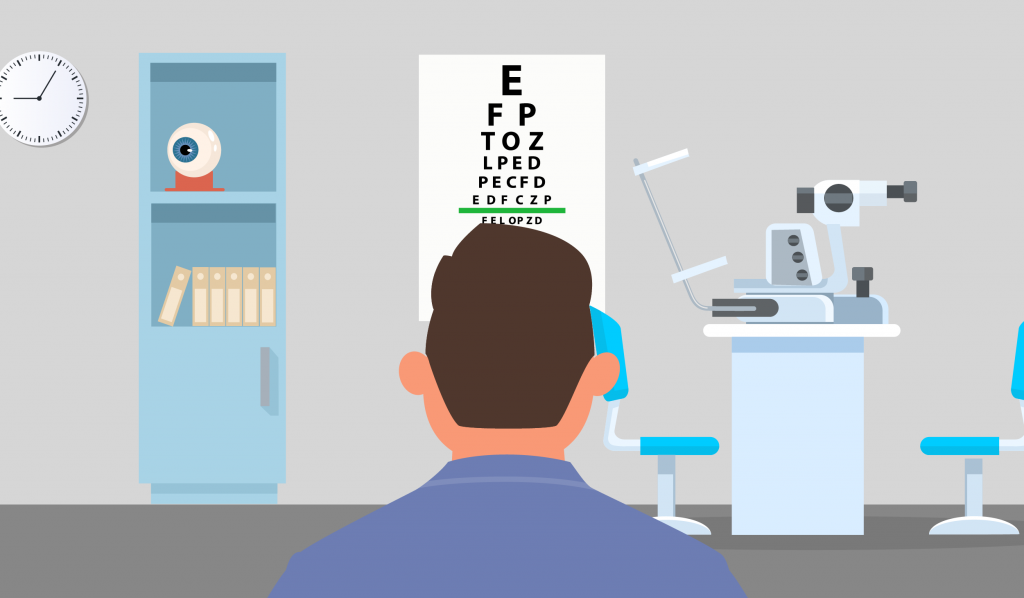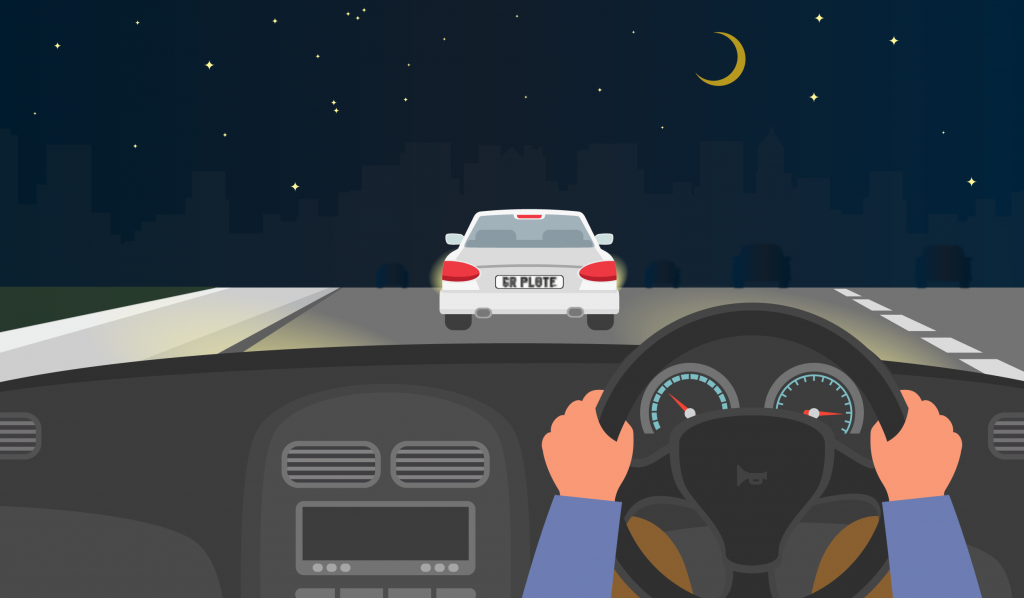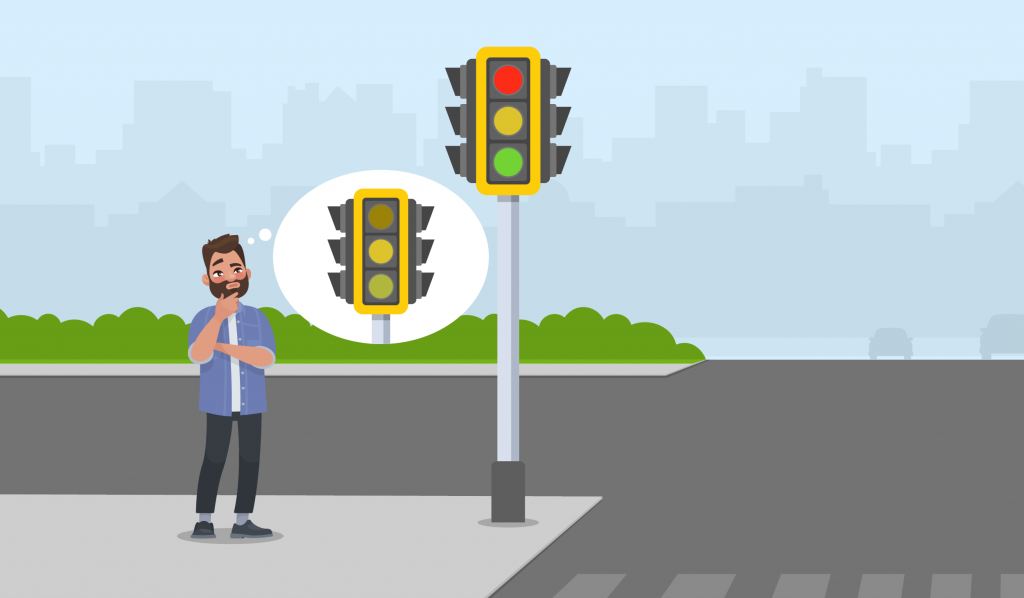We are hiring! Are you an experienced technician? Join our outstanding team »
Driving Law Series: Eyesight Driving Laws
Reading time 4 minutes • Last updated on March 9th, 2021
Categories Driving Law »
We are hiring! Are you an experienced technician? Join our outstanding team »
Driving Law Series: Eyesight Driving Laws
Reading time 4 minutes • Last updated on March 9th, 2021
Categories Driving Law »
Last updated on March 9th, 2021What does this mean?
Many people will recall the part of their driving test involving the ability to read a registration plate on another vehicle nearby. This test is to ensure your eyesight is at the standard required to be able to drive.

If you require the use of glasses or contact lenses to meet the standard of vision required for driving, then you must wear them whenever out on the road. A shocking 24% of motorists admit they have trouble reading road signs, meaning they are driving illegally. In this article, we’ll be explaining what the standards of vision for driving are, as well as the consequences of breaking the law and how to test your eyesight.
Table of Contents:

If you’re unsure about how well your eyes are performing, an eyesight specialist will be able to perform tests using the Snellen scale to find out if you can be certified to drive.
The test measures your visual acuity using rows of letters which decrease in size as you move down the chart. Many people will be familiar with this test, but not with how it gives you a score for your eyesight.
The best possible result is written as 6/6, with the first number representing the number of metres you sit away from the chart. The second number represents which row you can clearly read down to. Someone who can read all rows of the chart will achieve 6/6, whereas someone with 6/36 may only be able to read down to a row marked as 36 – the larger the number, the worse your eyesight is thought to be.

For regular drivers, the law states that your vision should allow you to see a car registration plate from 20 metres away. Aside from this, you should have a visual acuity of 6/12 or better as measured on the Snellen scale (see above for more details) – this can be using both of your eyes or in one eye if you only have one.
Field of vision along the horizontal axis is also factored into your ability to see well enough on the roads.
If you’re a commercial driver – driving either a lorry or a bus – the acuity needed is at least 6/7.5 in your best eye and at least 6/60 in your other. This stricter requirements also include the need for a field of vision of at least 160 degrees along the horizontal axis.
Glasses can be used to reach these levels, but only to a prescribed strength of 8 dioptres, while any corrective power of contact lense can be used.
The police can now conduct roadside eye tests if they believe someone is driving without reaching the standard of vision. You could be prosecuted if you drive without meeting the standards of vision, with a fine of up to £5000.

If you know your vision does not meet the standard set out by law, you should notify the DVLA. There are some conditions which can impact your sight, such as cataracts and colour blindness, which you can still drive with if you can meet the acuity requirements. However, there are some conditions which could disqualify you from driving if you don’t seek clinical advice and eyesight testing, including:
If you have issues with your vision or you’re wondering what your visual acuity is, book in with a specialist to find out and ensure you’re not breaking the law.
Should you be found to be driving with poor eyesight, you could be subject to a fine of up to £1000, penalty points or a discretionary disqualification.
If your vision is fine but your view of the road is being impaired by a chip or crack, get in touch with the team at The Windscreen Company today. We operate 24 hours a day so you never need to struggle or let chips in your glass worsen. Our friendly team will be happy to book in your appointment no matter what make or model of vehicle you have.
The Windscreen Company, has over 20 years of experience in windscreen repair and replacement. Since 1998, they have been at the forefront of industry innovation, leveraging the latest technology to ensure customer safety and satisfaction.
The Windscreen Company's, help-and-advice pages offer valuable tips and guidance on maintaining vehicle safety through quality windscreen care, while also featuring updated industry realted content.
The information within this article was accurate on the date the article was last updated based on the information that was openly available on the topic online. The Windscreen Company accepts no liability for any loss or damage caused by or connected with any error or omission in this article. You should make your own judgement in regards to use of this document and seek professional advice on your particular circumstances.
By clicking "Accept All Cookies", you agree to the storing of cookies on your device to enhance site navigation, analyse site usage, assist in our marketing efforts, and for personalised advertising.